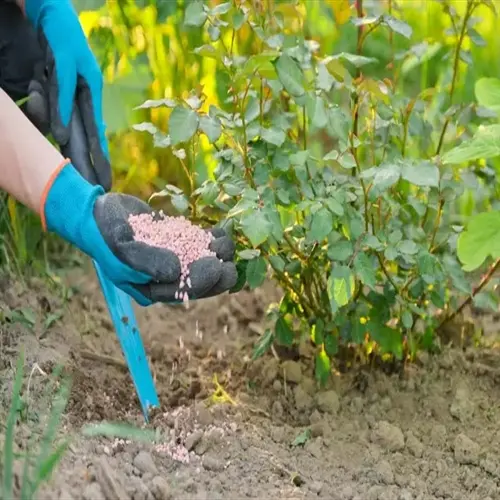How does size impact beet flavor?

Written by
Michael Sullivan
Reviewed by
Prof. Samuel Fitzgerald, Ph.D.The size of beets directly affects their flavor and cooking uses in ways that many gardeners may not realize. When considering what we should harvest, the diameter of the root significantly affects the sugar content, earthy character, and even the texture as the beet grows. I learned over the years from testing that a 1/2-inch difference can create a totally different eating experience. Once you are aware of these changes in beet size, you can harvest at the ideal size for your taste preference and the cooking you wish to do.
Micro Beets (0.5-1 in/1.3-2.5 cm)
- Sugar profile: High fructose content creates pronounced sweetness
- Texture: Cell walls thin enough to melt when roasted
- Earthiness: Minimal geosmin compounds for mild flavor
- Best use: Raw in salads or quick-pickled whole
Standard Baby Beets (1-2 in/2.5-5 cm)
- Sugar balance: Equal glucose/fructose ratio for sweet-earthy harmony
- Texture: Silky skin with creamy interior when steamed
- Earthiness: Noticeable but balanced mineral notes
- Best use: Roasted whole or in grain bowls
Mature Beets (2-3 in/5-7.6 cm)
- Sugar shift: Increased sucrose with deeper molasses undertones
- Texture: Dense flesh requiring longer cooking times
- Earthiness: Pronounced mineral flavors dominate
- Best use: Soups, braises, or fermented preparations
The sugar makeup of beets changes throughout their growth. Young roots mostly contain fructose, which tastes very sweet. At the size of a golf ball, sucrose appears. This improves the overall flavor balance. Beyond 2 inches (5 cm), the composition becomes more complicated due to the presence of minerals. I harvest roots weekly during growth spurts, capturing them at peak sweetness before bolder, earthy flavors emerge.
Texture development has a major impact on cooking methods. Small beets with thin cell walls caramelize rapidly, whereas larger roots require a longer heat time. Baby beets can be roasted whole in 20 minutes, but mature roots require over 45 minutes of oven time or pressure cooking. To achieve the best results, coordinate your harvest size with the planned recipe.
As root sizes increase, color depth increases, but they will have different compounds. Small red beets with bright betalains have antioxidant properties. In contrast, larger roots will exhibit deeper pigmentation, indicating a higher geosmin (earthy) flavor profile in the roots. The golden and Chioggia varieties indicate sweetness for a longer period (natural preservation), making them ideal for a large harvest.
Read the full article: When to Harvest Beets: Complete Guide

